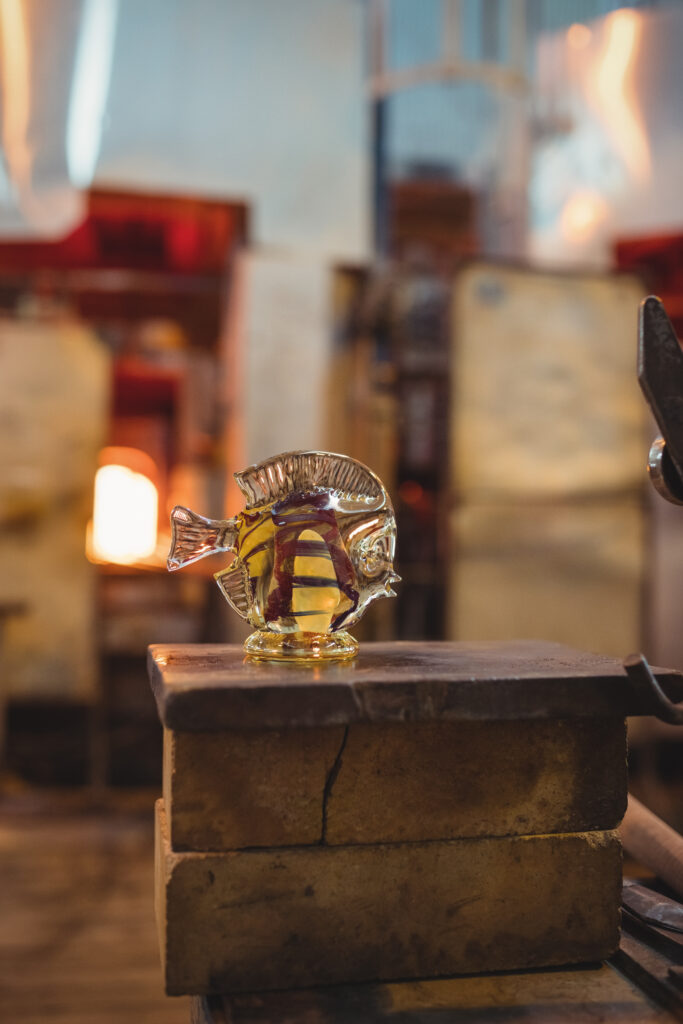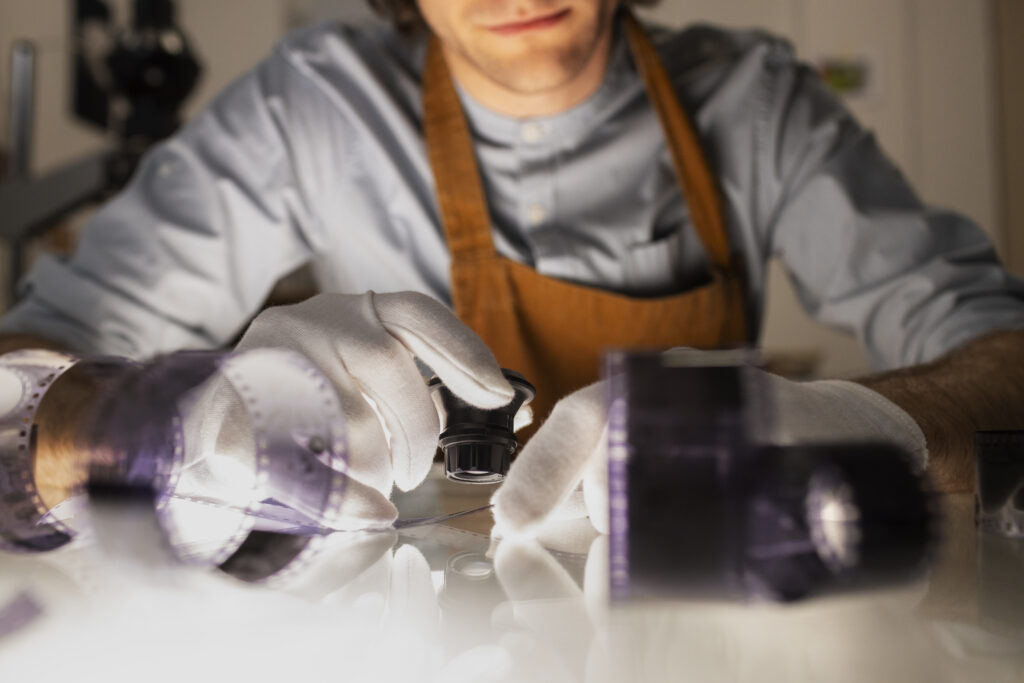
Casting Glass: Crafting Timeless Pieces
Glass casting, an ancient art form with a rich history, has evolved into a contemporary means of crafting timeless pieces that captivate the beholder. In this blog post, we’ll delve into the intricate world of casting glass, exploring its history, techniques, artistic expressions, and current trends.
Table of Contents
Introduction
Glass casting, a mesmerizing craft, involves melting glass and shaping it into various forms. The allure lies in the ability to create enduring pieces that stand the test of time. Whether it’s a delicate sculpture or a functional art piece, casting glass has gained immense popularity for its versatility and aesthetic appeal.
History of Casting Glass
Origins and Evolution
Casting glass traces its roots back to ancient civilizations, with evidence of early glass casting found in Mesopotamia. Over the centuries, the art form evolved, becoming an integral part of various cultures and civilizations.
Cultural Importance
Throughout history, casting glass played a crucial role in cultural and religious practices. The craftsmanship involved in creating glass vessels and ornaments reflected the sophistication of societies, becoming a symbol of status and refinement.

Techniques in Casting Glass
Traditional Methods
The traditional methods of glass casting involved intricate processes such as lost-wax casting and pâte de verre. These techniques passed down through generations, added a layer of cultural significance to the crafted pieces.
Modern Advancements
With technological advancements, contemporary glass artists have embraced innovative techniques, including kiln casting and mold-making. These methods allow for greater precision and experimentation, pushing the boundaries of what is possible in casting glass.
Artistic Expression Through Casting Glass
From awe-inspiring sculptures to functional art pieces like lighting fixtures and tableware, casting glass offers a canvas for artistic expression. Artists harness the fluidity of molten glass to create intricate designs and unique forms that captivate the imagination.
Popular Trends in Casting Glass
Current Design Preferences
In the world of design, casting glass is experiencing a resurgence. The juxtaposition of traditional craftsmanship with modern aesthetics has become a popular choice for interior designers and art enthusiasts alike.
Influential Artists and Designers
Renowned artists and designers have embraced casting glass, contributing to its popularity. Their innovative approaches and boundary-pushing creations inspire a new generation of glass enthusiasts.

Benefits of Choosing Cast Glass Pieces
Durability and Longevity
One of the key advantages of cast glass pieces is their durability. Unlike some fragile glass forms, casting glass endures, making it a sustainable and long-lasting choice for art collectors and enthusiasts.
Unique Aesthetic Qualities
The inherent qualities of cast glass, such as its translucency and ability to play with light, create a unique aesthetic experience. Each piece tells a story, capturing the essence of the artist’s vision.
Challenges in Casting Glass
Complexities in the Process
While the art of casting glass is rewarding, it comes with its challenges. The precision required in the casting process demands skill and experience, making it a craft that requires dedication and patience.
Environmental Considerations
The environmental impact of glass production is a growing concern. Artists and manufacturers are exploring sustainable practices to minimize the ecological footprint of casting glass.
DIY Casting Glass Projects
For those eager to try their hand at glass casting, engaging in do-it-yourself projects can be a fulfilling experience. However, it’s crucial to follow safety guidelines and learn the basics before diving into this intricate craft.
Step-by-Step Guide for Beginners
Starting with small projects and gradually progressing to more complex designs is a recommended approach for beginners. Understanding the fundamentals of glass casting ensures a smoother creative journey.
Safety Precautions
Safety should always be a top priority when working with molten glass. Protective gear, proper ventilation, and adherence to safety protocols are essential for a secure and enjoyable casting experience.
Casting Glass in Interior Design
The integration of cast glass into interior spaces has become a trend in contemporary design. From statement art installations to functional pieces, casting glass adds a touch of elegance and sophistication to residential and commercial environments.
Impact on Ambiance
The play of light through cast glass elements transforms spaces, creating a dynamic and inviting ambiance. Interior designers leverage the versatility of casting glass to enhance the aesthetic appeal of homes and businesses.
Interview with a Glass Artist
To gain deeper insights into the world of casting glass, we sat down with a seasoned glass artist. Their perspective sheds light on the creative process, challenges faced, and valuable advice for aspiring artists looking to venture into glass casting.
Insights into Their Creative Process
The artist shares their inspirations, techniques, and the emotional journey involved in bringing a piece of cast glass to life.
Advice for Aspiring Artists
For those considering a career in glass casting, the artist provides valuable advice on honing skills, embracing challenges, and finding one’s unique artistic voice.
Sustainability in Casting Glass
As environmental awareness grows, the glass industry, including casting, is adapting to more sustainable practices. From recycling glass waste to exploring eco-friendly production methods, the shift towards sustainability is evident.
Eco-Friendly Practices
Artists and manufacturers are exploring eco-friendly alternatives to casting glass, such as using recycled glass and minimizing energy consumption in production.
Recycling and Repurposing
The ability to recycle and repurpose glass adds a layer of sustainability to casting glass. Artists are incorporating recycled glass into their creations, contributing to a circular and eco-conscious approach.
Casting Glass Events and Exhibitions
Showcasing the Latest Innovations
Events and exhibitions dedicated to casting glass provide a platform for artists to showcase their latest innovations. Attendees can witness the diversity of styles and techniques shaping the contemporary casting glass landscape.
Opportunities for Enthusiasts to Engage
Participating in these events allows enthusiasts to engage with the glass community, learn from experienced artists, and discover emerging talents in the world of casting glass.
Future Prospects of Casting Glass
Emerging Trends
As technology continues to advance, new trends in casting glass are on the horizon. From interactive installations to integration with augmented reality, the future promises exciting possibilities for this timeless craft.
Technological Advancements on the Horizon
Innovations in glass technology, including smart glass and sustainable production methods, hint at a future where casting glass becomes even more integral to artistic and functional design.
Conclusion
In conclusion, casting glass stands as a timeless art form, blending tradition with modernity. Its enduring appeal lies in the ability to craft pieces that transcend time, enriching spaces with their beauty and storytelling qualities. As you embark on your exploration of casting glass, consider the myriad possibilities this captivating craft offers.
FAQs
- Glass casting can be challenging for beginners, but starting with small projects and seeking guidance can make the learning process enjoyable.
- Is glass casting suitable for beginners?
- Glass casting can be both challenging and rewarding for beginners. While it requires a certain level of skill and understanding of the craft, starting with small, simple projects is a great way for beginners to familiarize themselves with the basics. Seeking guidance from experienced practitioners or taking introductory classes can provide valuable insights and make the learning process more enjoyable.
- How can I ensure the safety of DIY glass casting projects?
- Ensuring safety is paramount when engaging in DIY glass casting projects. Here are some key safety measures:
- Protective Gear: Always wear appropriate protective gear, including heat-resistant gloves, safety glasses, and a long-sleeved shirt to shield against potential splashes or burns.
- Well-Ventilated Area: Work in a well-ventilated space or use a fume hood to minimize exposure to harmful fumes emitted during the casting process.
- Follow Safety Protocols: Adhere to recommended safety protocols provided by experts or instructional materials. This includes guidelines on handling molten glass, working with tools, and maintaining a clean workspace.
- Ensuring safety is paramount when engaging in DIY glass casting projects. Here are some key safety measures:
- What makes cast glass pieces unique?
- Cast glass pieces are unique due to their inherent qualities and the intricate casting process. The translucency of cast glass allows light to pass through, creating captivating visual effects. The play of light on the glass surface, combined with the artist’s creativity, results in pieces that are not only visually stunning but also hold a story or emotion within them. Each cast glass piece is a one-of-a-kind creation, showcasing the artist’s skill and artistic expression.
- Are there environmental concerns associated with casting glass?
- The glass industry, including casting, has been addressing environmental concerns in recent years. Some key initiatives include:
- Recycling: Many artists and manufacturers are increasingly using recycled glass in their casting processes, reducing the demand for new raw materials and minimizing waste.
- Eco-Friendly Practices: Exploring and adopting eco-friendly production methods, such as using cleaner energy sources and implementing sustainable manufacturing processes, contribute to reducing the environmental impact of casting glass.
- The glass industry, including casting, has been addressing environmental concerns in recent years. Some key initiatives include:
- Where can I explore the latest casting glass innovations?
- To stay updated on the latest innovations in casting glass, consider attending events and exhibitions dedicated to glass art. These gatherings provide a platform for artists to showcase their newest creations and often feature discussions or demonstrations by experienced practitioners. Online platforms, industry publications, and art galleries specializing in glass art are also excellent sources to explore cutting-edge developments in the world of casting glass. Engaging with the glass art community through social media or forums can connect you with artists and enthusiasts who share insights and updates on the latest trends and innovations.
Remember to approach glass casting with curiosity, respect for the craft, and a commitment to safety to make the most of your exploration in this captivating art form.
